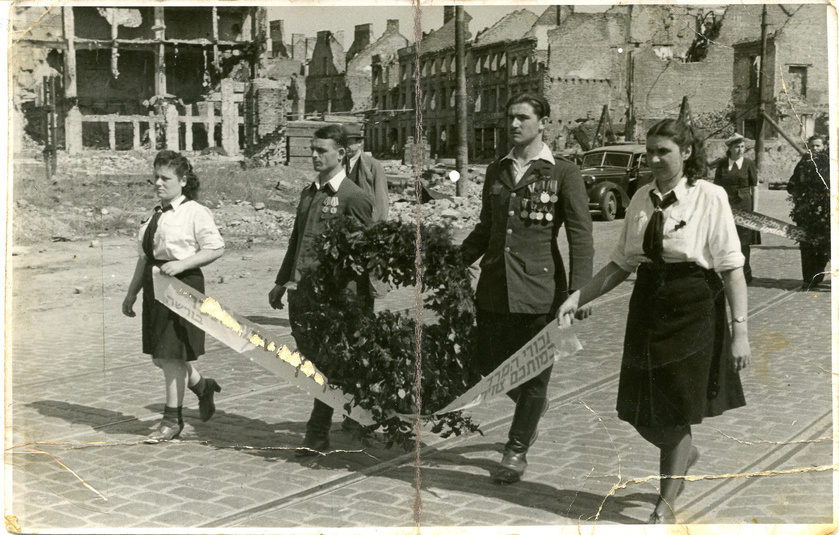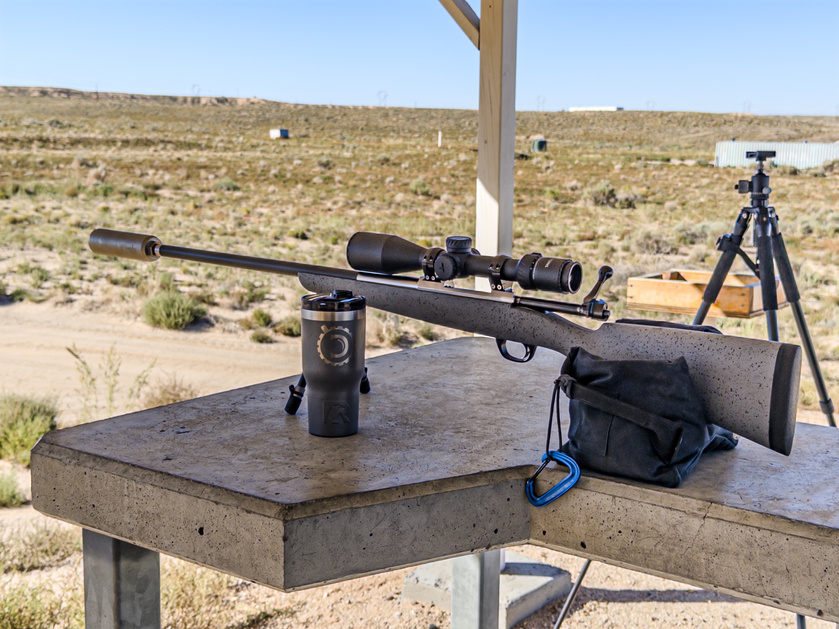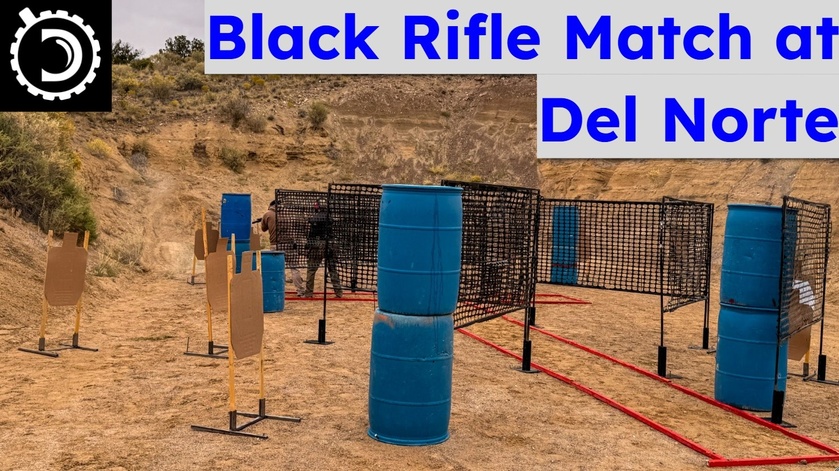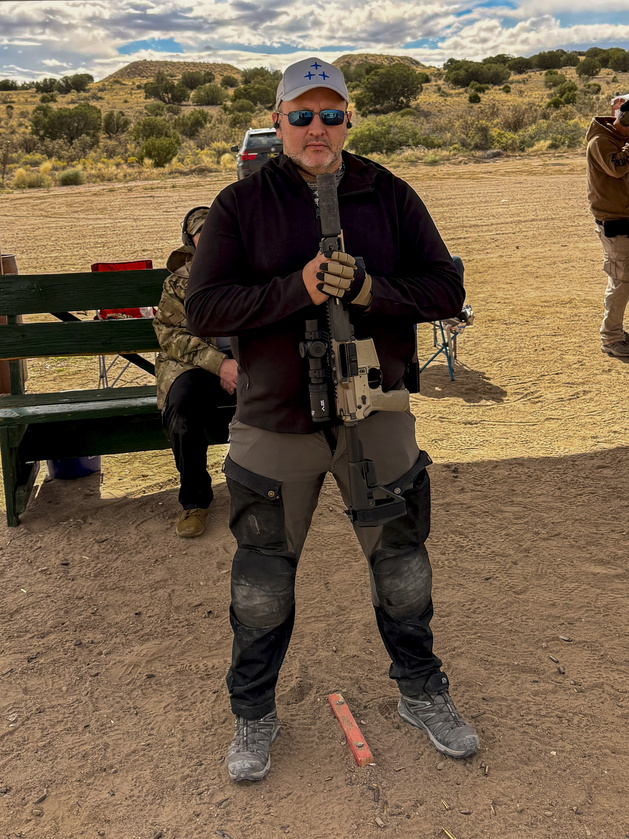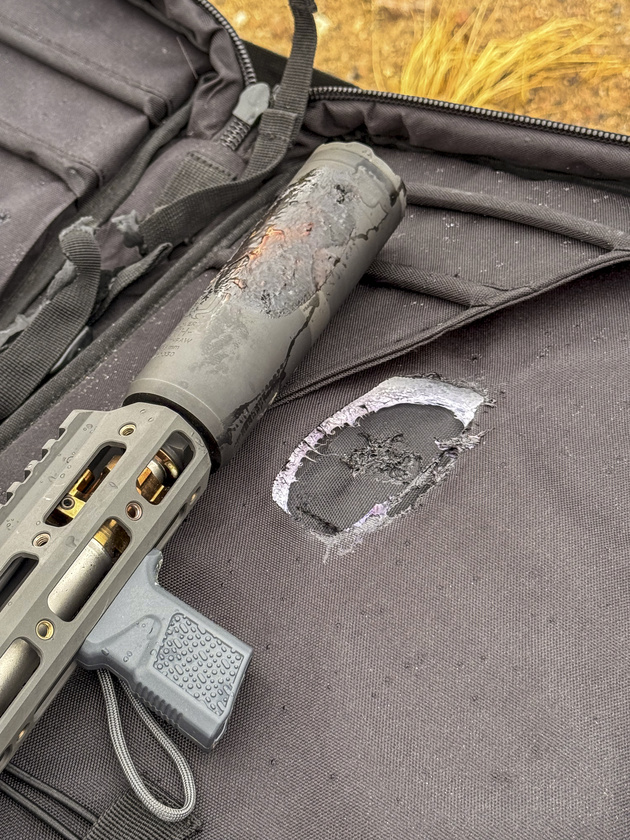This year’s SHOT show was a first in many ways: first since COVID started, first time several of companies I intend to visit were not there and first time I managed to convince my brother to come along with me. Some years ago I managed to get him involved with this shooting hobby of mine, so it seemed like SHOT show would be of interest to him. Naturally, I had a more selfish purpose in mind: he is a better photographer than I am and I wanted better pictures. Perhaps, because we were both there, we ended up spending a lot of time looking at different tripods, including the new line of carbon fiber designs from Athlon. Two of those tripods showed up on my doorstep as I was heading to the airport for a work trip. It seemed only natural to turn them over to my brother for the initial look since I wasn’t around anyway. He tends to look at tripods primarily from a photography oriented standpoint, so I figured that’s a good start. I spend more time shooting guns off of tripods than cameras, so I will be adding that angle later on. I am better familiar with the various tripods out there used for precision shooting and based on the somewhat cursory look I have taken so far, Athlon is offering one hell of a value. The tripod looks to be made by the same OEM (at least on the surface of it) that makes Leofoto and Vortex Radian tripods. However, given everything Athlon bundles with theirs, they are undercutting the competition by $300-$500 depending on where you look. I'll dish out some abuse and see how they hold up, but as far as value goes, I am really impressed with what I have seen with these so far.
After this initial look, my brother held onto the CF29, while I took the CF40. We'll spend some time abusing them and if nothing breaks, we'll switch the tripods around and see if our impressions match up.
Everything further down is written by my brother. He is a member here, so if you have any specific questions, tag @Inekk
Athlon Midas carbon fiber tripods introduced this year come in four different sizes of leg diameters from 29mm to 40mm. We decided to look at the smallest ( Athlon Midas CF29 https://bit.ly/39LLDNr ) and the largest of the four ( Athlon Midas CF40 https://bit.ly/3KWxM3u ). Both models look similar enough from 100 yards away, and only when you put them side-by-side the beefiness larger model is evident. CF29 maximum height is 65” and CF40 maximum height is 71”. The other differing components besides the size of the legs are the plate, and the ball head. The larger model has 100mm base, and the smaller has 75mm base. The larger model has straight leveling base tensioner handle, while the smaller one has a triangular tensioning nob.
Both tripods came with:
a COMPLETE set of every imaginable soft gear
TWO options for the base: simple flat base with a hook on the bottom and bowl leveling base with tensioner handle. Quick web search demonstrates that adding bowl leveler easily adds about $200 to the price of the tripod, and Athlon includes them as standard equipment.
A very functional carrying bag with two handles and a permanently attached adjustable shoulder strap.
A detachable shoulder strap that can be attached to the tripod itself.
Leg spikes with three allen wrenches are in the side pocket along with the manual. These can replace the rubber feet if you are taking your tripod into the rough terrain.
Removable cloth wraps with molle system on two of the legs. At first it’s confusing, until you locate a shoulder pad that can be attached to those specifically to move your entire set up without even having to close the legs!
The last but not the least soft accessory is a Velcro-attached tripod hammock.
None of these are typically included in a standard package of tripods of comparable size. Finding everything included in one reasonable price, makes it a bargain for any photographer/shooter who needs a steady set of legs for long telephoto work.
If one is looking for a tripod for photography work only, the 29mm version would be more than adequate. Athlon rates CF 29 model for up to 33lbs and CF40 model up to 88lbs. Naturally, it comes with added weight. CF29 weighs only 5.5lbs, while CF40 weighs nearly 3lbs more (8.4lbs). My prediction is that CF29 can support more. I currently weigh 220lbs, and CF40 didn’t even flinch when I hang from it while legs are completely extended.
Both tripods come with an Athlon branded ball heads. Both are massive and have three knobs: one massive knob on one side and two smaller knobs on the other side. The large knob is to adjust/lock the movement of the ball. The smaller on the bottom is to lock/unlock the fluid panning of the ball head. The smaller know slightly above is called “Friction Control”. I only needed to adjust the friction control when I had the largest lens with gimbal adapter (Induro GHBA). This accessory allows using the usual ball head with very large telephoto lenses and locking the ball head down is paramount to avoid a catastrophe. Both ball heads (from CF29 and CF40) have no problems with this task.
The bowl tensioners are not exactly the same on these two models. CF 29 has triangular knob, as you can see in the picture below. CF40 has a longer straight handle instead of a knob. These are all the hardware accessories: the ball head, the Arca-Swiss plate, the bowl with bowl tensioner, and a flat plate with a hook. You can save a bit of weight and use a flat plate with a hook, or opt for a greater adjustability and use the bowl with the tensioner. CF29 comes with 75mm bowl. CF 40 comes with 100mm bowl.
The legs have standard three angles. The black spacer that allows you to change the angles has Athlon logo on it. This worked fine, but this assembly seemed like the “flimsiest” part of the tripod.
There are two bubble levels: one in the base of the legs and one in the clamp of the ball head. Surprisingly the one that came with the CF29 ball head fell out when we were taking it out from the package for the very first time! We were able to find it and a drop of general-purpose glue solved the issue. We looked on the bottom, and there was some glue there, but it clearly failed at the manufacturing. No problems popped up since we fixed it.
Here you can see the angle that you can adjust the bowl by itself. I found it useful in the field. The least precise way to adjust the level of the base of the legs is to manipulate the length of the legs. One can’t help it if you on a slope, but I always to try to minimize these adjustments. The legs lock with a common twist lock, not a clamp. You can’t really “see” if you forgot to lock one segment or not. I personally prefer the clamps for that reason, but these are not an option in Athlon line up. To be fair, many people prefer the twist locks because of lower profile, and less chance of catching on things, be that closing, straps or vegetation.
Changing from flat base to bowl with tensioner is very easy. Just relax the clamp, push the safety button (blue arrow) and pull out. I found that if the clamp is not tightened after the replacement, the safety button will still prevent the bowl or the flat plate from falling out, but it would not be held firmly enough for long exposure photography.
This is the lowest angle to bring the base down to the ground. CF29’s lowest height is 9”. CF40’s lowest height is 10”
There is a little height difference between CF29 and CF40
The height of the tripod is evident here. The person holding it here is 6’1” tall. Unless you are over 6’4” there is very little chance that you would ever need to extend the legs of either tripod fully.
The shoulder pad installed allows one to move the whole set up from place to place without changing any angles, legs, etc.
Interestingly the quality of the accessories was not the same between two tripods. Some of the stitching of the shoulder pad in Midas CF40 model is suboptimal. Midas CF29 came completely fine, with no hanging threads, and perfectly straight suturing lines.
Preliminary Conclusion:
If I google “what is the heaviest photography lens?”, there are some incredible monsters out there such as Sigma-300-800mm-Ultra-Telephoto-Cameras at 11lbs for $8K. CF29 would handle it easily with even the largest DSLR attached.
On the other hand Canon 1200mm f/5.6 weighs 36 lbs. would be too heavy for CF29, and it would only set you back about $80,000.
And finally, Sigma 200-500mm f/2.8, that exceeds CF29 weight limit at 35 lbs. This green monster would set you back about $30,000. I have never seen this lens in real life, but I guess if you can justify spending that kind of money for your photography the extra $300 and extra 3lbs of weight of CF40 would not be a problem for you!
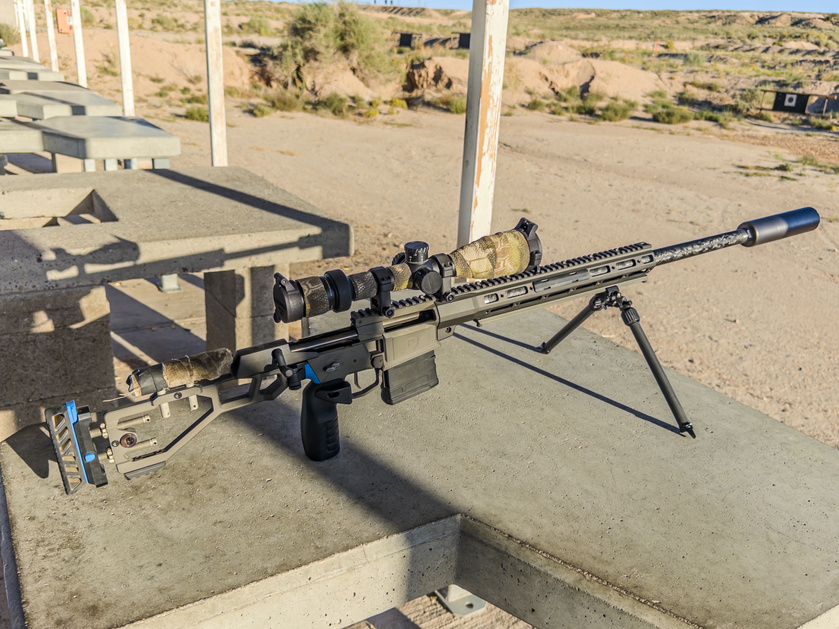
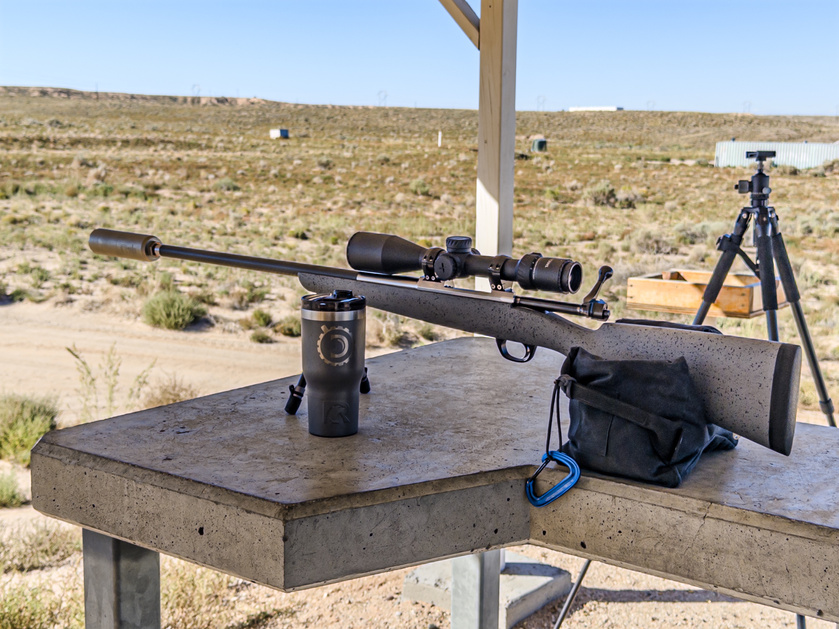

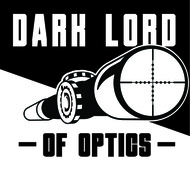
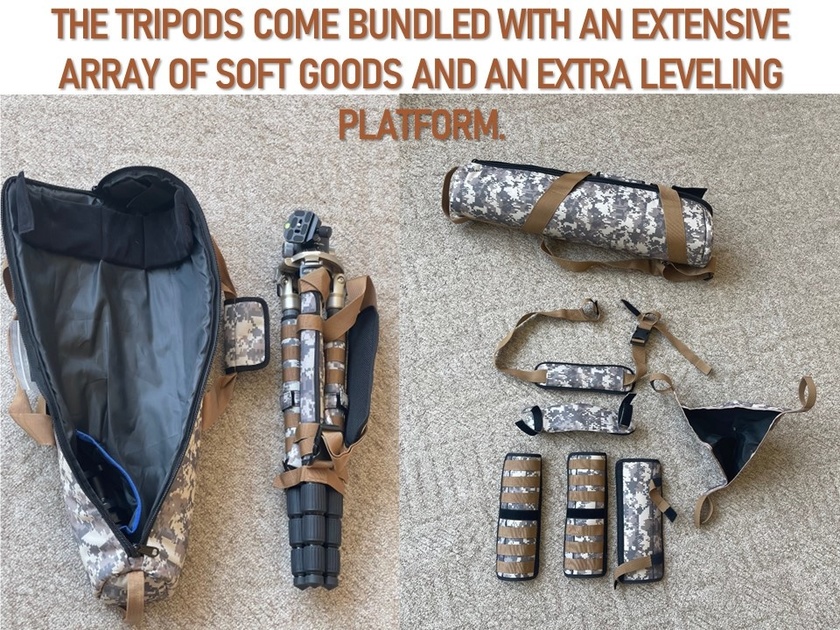





.svg)
